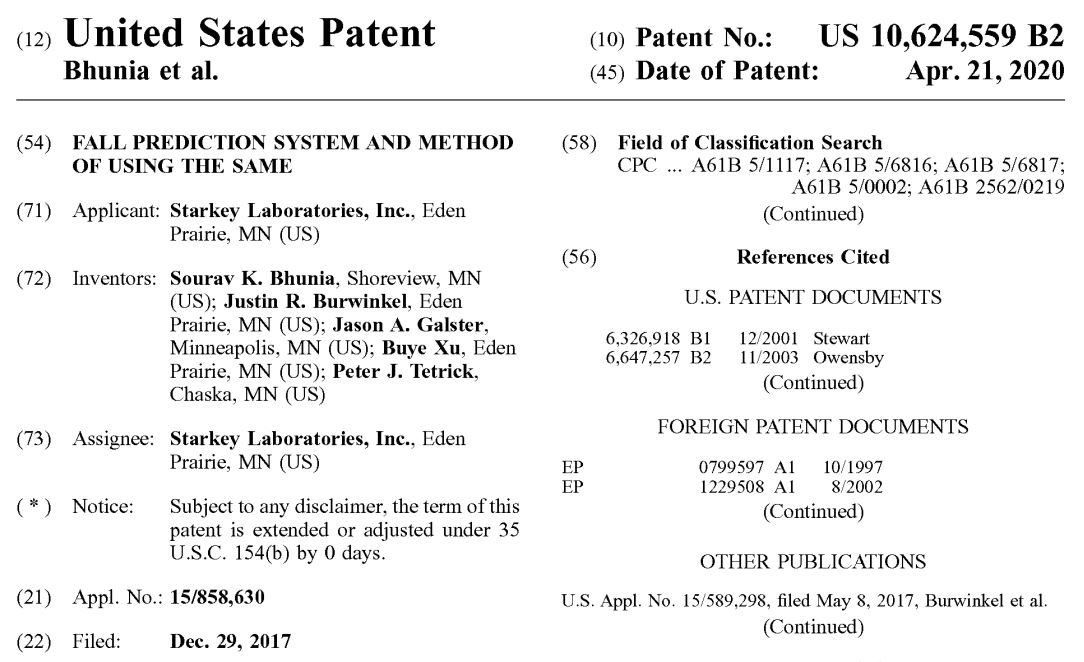Patent Pending – What happens after you file a patent?

Filing for a patent is a huge accomplishment. Many times, it represents the culmination of many months—or even years—of discovery, preparation, and work. Once the patent is filed, an inventor is entitled to begin advertising the invention as “Patent Pending”; however, there is no real guarantee that the application will end in the successful issuance of a patent. In fact, about 40% of patent applications never result in a patent at all.
So, what happens after a patent application has been filed? How long does it take to receive a patent?
There are a number of variables that can affect how long the patent examination process might take for any given application, but before any patent can be “issued” or “granted”, the application will undergo the scrutiny of a highly-trained reviewer called a “Patent Examiner.” During the patent examination process, the claims of the patent application will be critically evaluated to ensure that they meet the following criteria for “patentability”:
-
Novelty – The invention must be substantially different from everything else that is public knowledge, including what was written in previous patents, journal articles, presented at conferences, or what is already used in a commercial product.
-
Non-obviousness – The invention must not be easily perceived by a person knowledgeable in that invention’s field. An invention is “obvious” if there is a reasonable expectation that someone knowledgeable in that field would know to combine aspects of two or more prior inventions to achieve each aspect of your invention. An invention might also be considered “obvious” if the only differences between your invention and another invention are design preferences (e.g., the number or color of light bulbs on a strand of holiday lights).
-
Usefulness – The invention must have a logical basis for operation and serve some type of purpose. The specification of a patent application must teach all of the new aspects of the invention that someone knowledgeable in that field would need to know in order to get the invention to work. The invention has to be fully “enabled,” so a patent application is not complete if there are untaught technology gaps that would prevent the invention from being implemented.
- Allowable subject material – The invention must relate to “patentable” subject material. There are certain things that the Patent Office simply will not issue patents for, including: laws of nature, naturally occurring phenomenon, mental processes, mathematical calculations, abstract ideas, etc.
A Patent Examiner will spend a considerable amount of time reviewing the patent application and related “prior art.” Unfortunately, due to a large case backlog at the United States Patent and Trademark Office (USPTO), the examination of a patent application typically won’t begin until roughly 1 to 2 years after it was filed.
Roughly 10% of patent applications receive what is called a “First-Action Allowance”, which means that the patent is issued without any objections from the Patent Examiner. The remaining 90% of cases are subject to some kind of “non-final rejection”. When a Patent Examiner rejects a patent application, the Examiner will detail why each objected claim is not ready for “Allowance.”
In fact, about 40% of patent applications never result in a patent at all.
As described above, these objections may be due to an alleged lack of novelty, usefulness, allowable subject-matter or because the invention would have been obvious to someone who is knowledgeable in the field. The Patent Examiner will cite very specific sections of the Patent Office’s Manual of Patent Examining Procedure (MPEP), precedent legal cases, and relevant sections of alleged prior art.
During the process of patent prosecution, the Inventor (or the Inventor’s legal representative) is entitled an opportunity to respond to the Examiner’s rejections and make amendments to how the claims of the invention are worded. Typically, an Inventor is allowed three months to respond to a non-final Office action, but that deadline can be extended for up to three additional months (for a fee).
Similarly, the Patent Examiner is allowed several months to prepare their next Office action. This back-and-forth, between the Inventor and the Patent Examiner, can considerably lengthen the time it takes for a patent to be issued. Patent Attorneys and Patent Agents can advise clients through various strategies that may help reduce this time, such as requesting an Examiner Interview to quickly address misunderstanding or by accepting more restrictive claim language.
To help illustrate the progression of a patent application through prosecution, here is a detailed timeline of one of my own patent applications:
- 2/13/2017 – Provisional patent application was filed (62/458,436)
- 12/29/2017 – Non-provisional patent application was filed (15/858,630)
- 5/17/2018 – Case was docketed to the Patent Examiner’s caseload
- 8/21/2018 – Patent application was published (US 2018/0228404 A1)
- 9/4/2018 – Patent Examiner’s first non-final rejection was mailed
- 12/3/2018 – Inventors’ Representative responded to the first non-final rejection
- 12/14/2018 – Inventor’s response to the non-final rejection was forwarded to the Patent Examiner
- 3/21/2019 – Notice of Patent Examiner’s final rejection was mailed
- 5/24/2019 – Inventor and Representative conducted an Applicant-initiated telephonic interview with the Patent Examiner
- 6/20/2019 – Inventor’s Representative filed a Request for Continued Examination
- 6/27/2019 – Request for Continued Examination was forwarded to the Patent Examiner
- 7/7/2019 – Inventor’s Representative conducted an Examiner-initiated telephonic interview
- 7/22/2019 – Reasons for Allowance mailed
- 10/21/2019 – Second Request for Continued Examination with an additional Information Disclosure Statement
- 11/01/2019 – Reasons for Allowance mailed
- 1/30/2020 – Issue Fee was paid
- 4/1/2020 – Issue Notification was mailed
- 4/21/2020 – US Patent No. 10,624,559 was issued
US Patent No. 10,624,559 – “FALL PREDICTION SYSTEM AND METHOD OF USING SAME”
As you can see, the prosecution of this patent application required several rounds of claim amendments and correspondence with the Patent Examiner, over the course of nearly 11 months, before the claims were determined to be in a state ready for allowance.
Even after receiving a notice of allowance, we were obligated to disclose other relevant “art” that we had become aware of while continuing to do work in the field of the invention. Therefore, when we found other art that seemed to be related, we submitted a Request for Continued Examination so that the Examiner could consider the newly disclosed art before the patent was officially issued to us.
After the Patent Examiner provides “Reasons for Allowance,” the Inventor has another three months to pay the applicable Issue Fee. Once the Issue Fee is paid, the Patent Office will typically issue a patent within four weeks; however, you may have noticed that it took almost three months in the example that I provided, above.
In all, it took our patent a total of 3 years, 2 months, and 9 days from the time we filed the Provisional Patent Application until the day we were issued a patent.
References:
FY 2019 United States Patent and Trademark Office PERFORMANCE AND ACCOUNTABILITY REPORT. (n.d.).
Noah. (2019, June 6). What Percentage of Patents are Approved? Patent Rebel. https://patentrebel.com/what-percentage-of-patents-are-approved/
I am employed by Starkey Hearing Technologies, but the views expressed in this article are my own.
